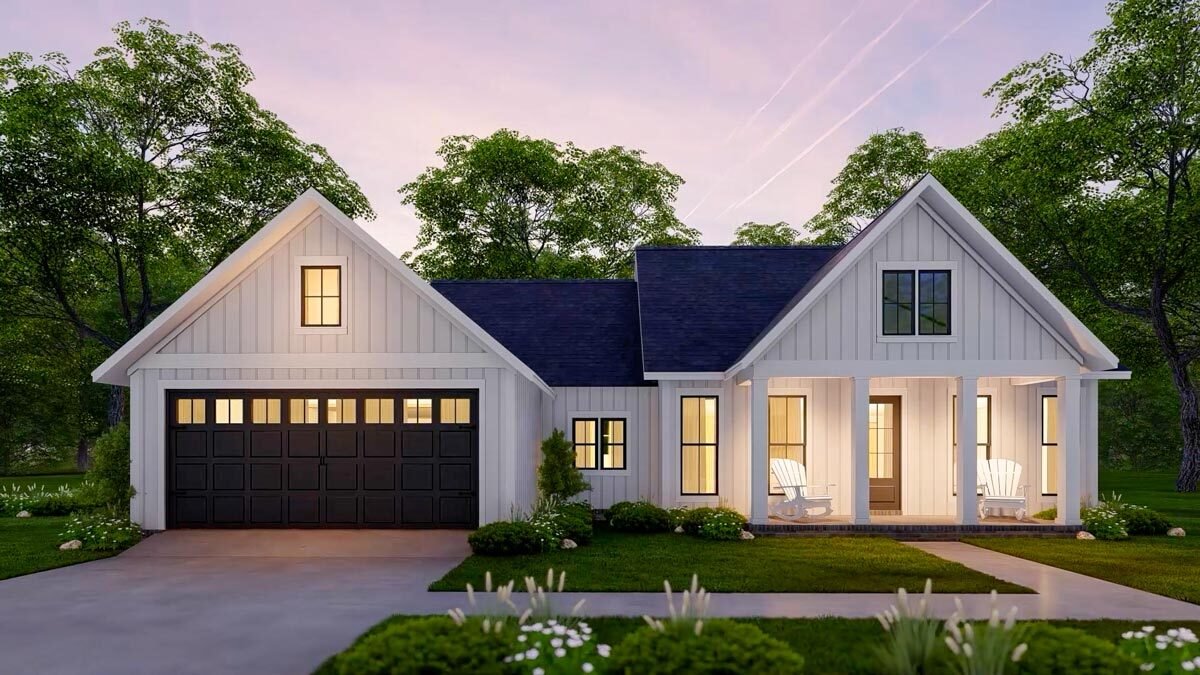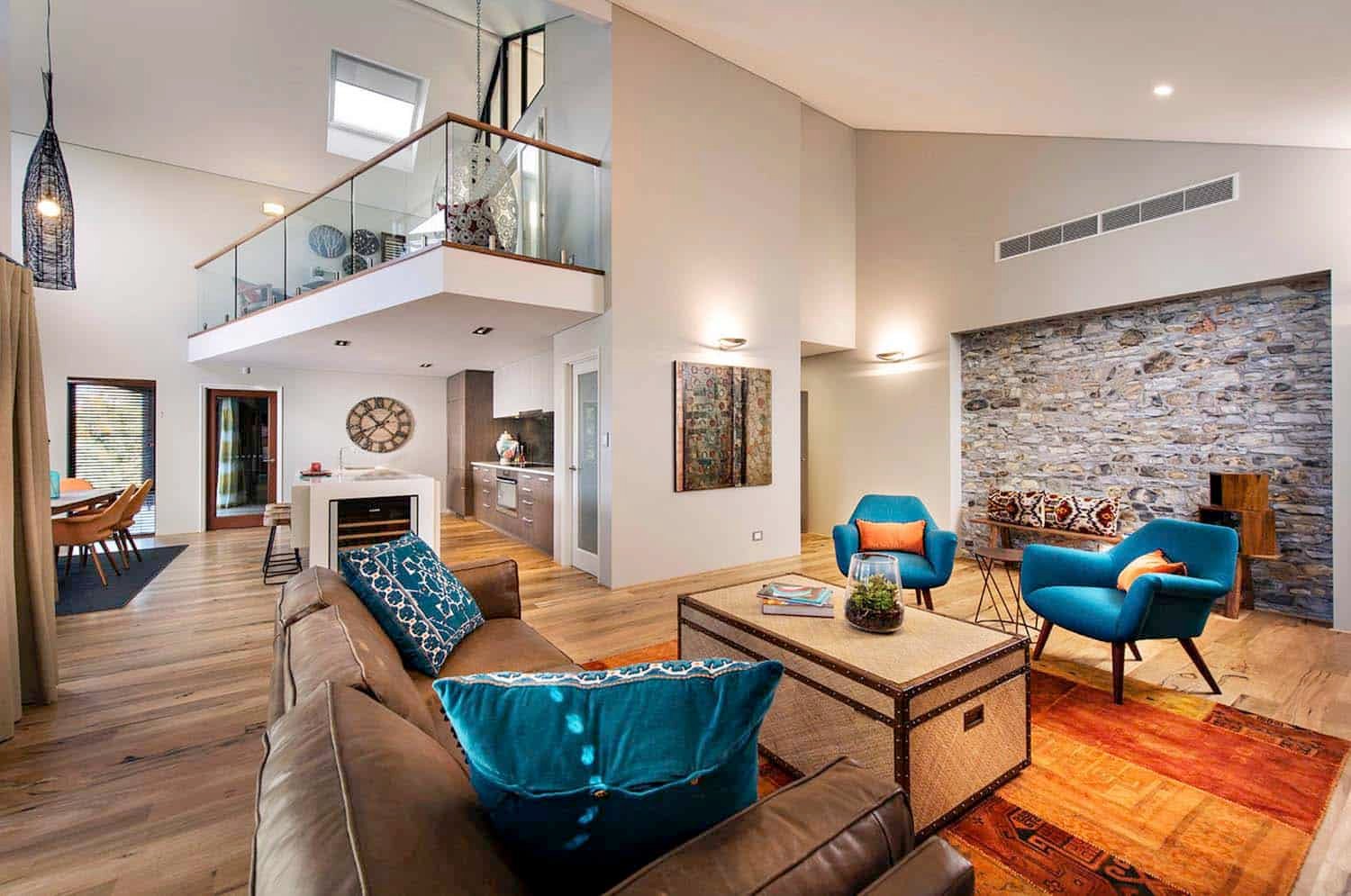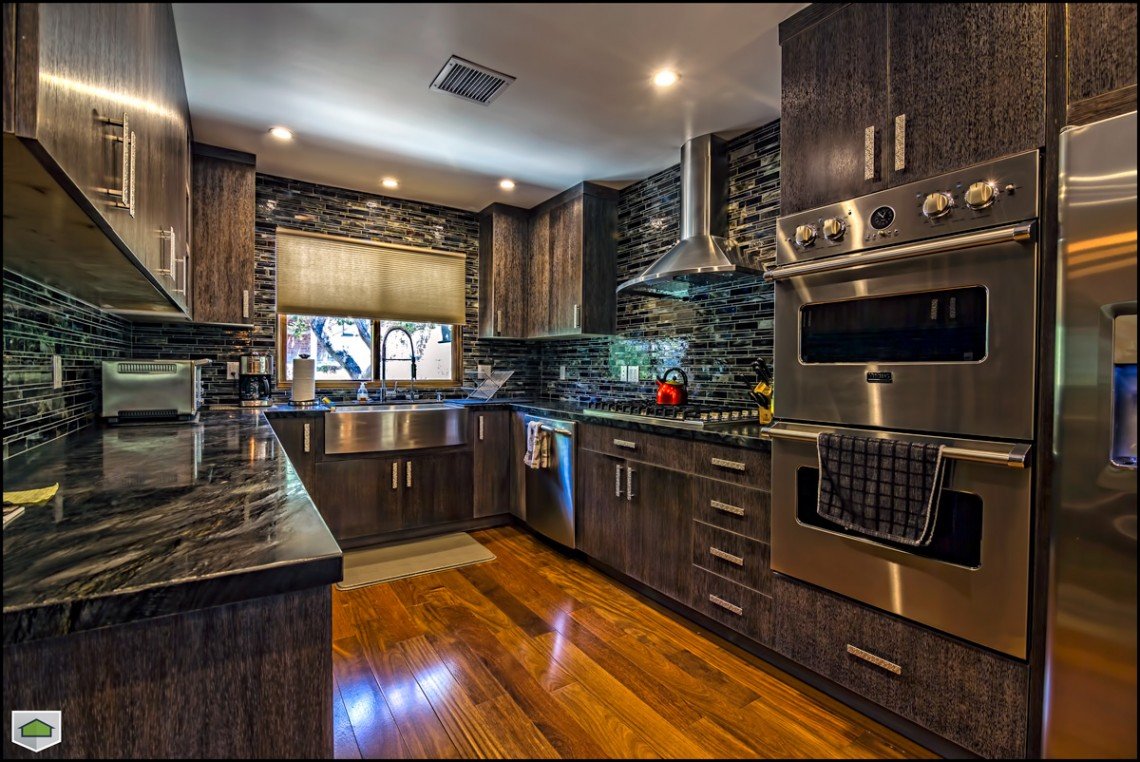In recent years, Stanford ADU (Accessory Dwelling Units) have gained significant popularity among homeowners looking to maximize their property’s potential. These compact living spaces offer a versatile solution for accommodating family members, generating rental income, or creating a dedicated home office. As you get on your Stanford ADU journey, it’s crucial to familiarize yourself with the essentials and keep a checklist handy to ensure a smooth and successful project.
Understanding the Benefits of Stanford ADUs
Stanford ADUs provide numerous benefits to homeowners and the community at large. These self-contained living spaces can help address the housing shortage by increasing the available housing stock without the need for extensive land development. Moreover, ADUs offer an affordable housing option for students, young professionals, and seniors, fostering a diverse and inclusive neighborhood.
Navigating Local Zoning Regulations and Permits
Before starting your Stanford ADU project, it’s essential to thoroughly research and understand the local zoning regulations and permit requirements. Each jurisdiction may have specific guidelines regarding ADU size, setbacks, parking, and design standards. Consulting with the local planning department and obtaining the necessary permits is crucial to avoid any legal complications down the road.
Designing Your Stanford ADU: Key Considerations
When designing your Stanford ADU, several key factors should be taken into account to create a functional and inviting living space:
- Space optimization: Maximize the available square footage by incorporating multi-functional furniture and efficient storage solutions.
- Natural light: Prioritize windows and skylights to bring in ample natural light, making the ADU feel more spacious and welcoming.
- Privacy: Consider the placement of windows and doors to ensure privacy for both the ADU occupants and the main house residents.
- Accessibility: Incorporate universal design principles to make the ADU accessible for individuals with varying mobility needs.
Choosing the Right Construction Materials
Selecting the appropriate construction materials is crucial for the longevity and energy efficiency of your Stanford ADU. Opt for durable, low-maintenance materials that can withstand the test of time and the local climate. Consider incorporating eco-friendly and sustainable materials to reduce the environmental impact and potentially qualify for green building incentives.
Optimizing Energy Efficiency and Sustainability
Incorporating energy-efficient features and sustainable practices into your Stanford ADU design can lead to long-term cost savings and a reduced carbon footprint. Consider installing energy-efficient appliances, LED lighting, and proper insulation to minimize energy consumption. Additionally, explore the possibility of integrating renewable energy sources, such as solar panels, to further enhance the ADU’s sustainability.
Budgeting and Financing Your Stanford ADU
Creating a comprehensive budget is essential for the success of your Stanford ADU project. Factor in all the costs associated with design, permits, construction, and finishes. Research various financing options, such as home equity loans, personal loans, or ADU-specific financing programs offered by local governments or financial institutions.
Maintaining and Managing Your Stanford ADU
Once your Stanford ADU is complete, it’s important to establish a maintenance and management plan to ensure its long-term functionality and value. Regular upkeep, such as cleaning, repairs, and system checks, will help prevent costly issues down the line. If you plan to rent out your ADU, consider hiring a property management company to handle tenant screening, lease agreements, and ongoing maintenance.
Unlocking the potential of your property with a Stanford ADU can be a rewarding and transformative experience. By understanding the essentials, following a well-structured checklist, and seeking professional guidance when needed, you can create a valuable addition to your home that enhances your quality of life and provides numerous benefits for years to come.


